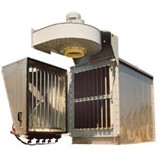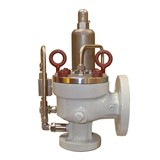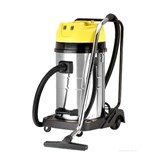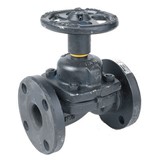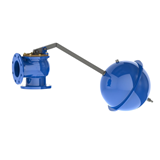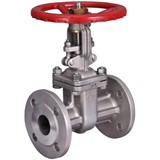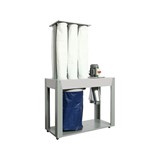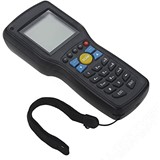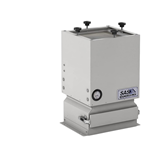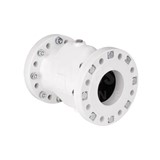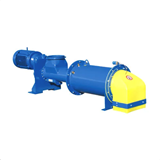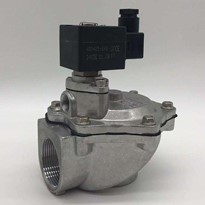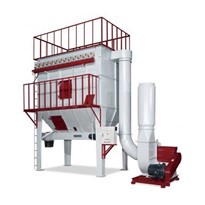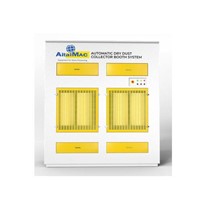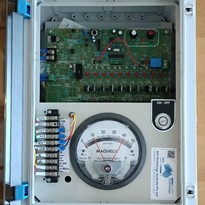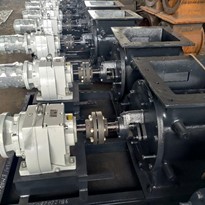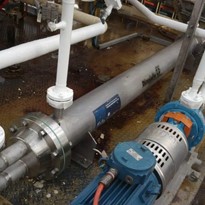Pulse jet valves are critical components in industrial dust collection systems. These high-speed, high-flow valves are responsible for delivering short bursts of compressed air that clean filter bags or cartridges, ensuring efficient operation and regulatory compliance. Two primary configurations dominate the market: integral pilot and remote pilot pulse jet valves. In this in-depth article, we compare these two types, explore their operational principles, and provide practical guidance for selecting the right solution for your industrial application.
What Are Pulse Jet Valves?
Pulse jet valves, also known as diaphragm pulse valves, are typically used in baghouse dust collectors and similar filtration systems across various industries. They function by rapidly releasing a burst of compressed air to clean filters, dislodging accumulated dust or particulates. These cleaning pulses occur in milliseconds, creating a shockwave that maintains optimal airflow and minimizes pressure drop across the filters.
How They Work
-
Standby mode: The valve remains closed, maintaining pressure in the air header.
-
Activation: When cleaning is triggered, the system controller energizes the pilot solenoid.
-
Air release: The pilot solenoid rapidly vents air from above the diaphragm.
-
Pulse burst: The diaphragm opens suddenly, releasing compressed air into the filter to dislodge dust.
The pilot solenoid can be integrated directly on the valve (integral) or located externally and connected via tubing (remote).
Integral Pilot vs. Remote Pilot Pulse Jet Valves: Key Differences
Both configurations accomplish the same cleaning function, but differ significantly in design, application, and maintenance. Here's a side-by-side comparison:
|
Feature |
Integral Pilot Pulse Valve |
Remote Pilot Pulse Valve |
|---|---|---|
|
Pilot Configuration |
Solenoid pilot integrated into the valve body |
External solenoid via tubing |
|
Installation |
Simple, one-piece installation (mount and connect coil wires) |
Solenoid installed remotely; tubing and wiring needed |
|
Footprint & Space |
Compact design, ideal for tight spaces |
Requires additional space for tubing and solenoid |
|
Maintenance |
Solenoid must be serviced in place on each valve |
Solenoid maintenance is centralized and accessible |
|
Environmental Exposure |
Solenoid exposed to same environment (heat, dust, moisture) |
Solenoid can be protected in controlled location |
|
Leak Points |
Fewer external connections reduce potential leak points |
Additional connections may introduce more leak points |
|
Response Time |
Extremely fast due to integrated pilot chamber |
Slightly slower due to tubing and pilot volume |
|
Applicability |
Ideal for compact and moderate environments |
Preferred for hazardous, high-temperature, or large systems |
|
Examples of Use |
Standalone dust collectors, compact baghouses, retrofits |
Large-scale industrial systems, high-risk environments |
Industry Use Cases for Pulse Jet Valves
Pulse jet valves are essential for dust control and air pollution mitigation in numerous industries. The choice between integral and remote pilot configurations often depends on environmental conditions, system scale, and safety requirements.
1. Food & Agriculture Industry
Used in flour mills, grain elevators, and powdered ingredient processing facilities, these valves help control airborne dust, ensuring product integrity and worker safety. Integral pilots are commonly used in smaller units, while remote pilots serve large silos or plants with higher temperatures.
2. Cement Industry
Cement manufacturing involves high dust loads and extreme conditions. Pulse jet valves clean baghouse filters collecting dust from kilns, crushers, and material handling. Remote pilot valves are preferred for their resilience and remote control in large, hot systems.
3. Pharmaceutical Industry
To maintain sterile, contaminant-free environments, pharmaceutical plants use pulse jet valves in cleanroom dust collection systems. Both valve types are applied, depending on the system’s complexity and maintenance protocols.
4. Chemical Industry
In chemical production, remote pilot valves are favored due to their ability to isolate the solenoid from hazardous dust and volatile environments, enhancing worker safety and system longevity.
5. Steel & Metal Processing
Remote pilot valves withstand high pressures and temperatures in steel mills and foundries, cleaning filters that capture metallic dust and slag byproducts.
6. Wood & Paper Industry
Woodshops, sawmills, and paper mills generate fibrous dust that can clog filters quickly. Pulse jet valves are used to keep systems running efficiently. Integral pilots are ideal for smaller operations; remote pilots are better for large plants.
7. Automotive Industry
Dust-heavy processes such as spray painting and assembly benefit from both valve types. Compact systems may use integral pilot valves, while larger facilities choose remote options for better accessibility and heat resistance.
Selecting the Right Pulse Jet Valve for Your Application
When choosing between integral and remote pilot pulse jet valves, consider the following factors:
-
Space constraints: Use integral valves where space is tight.
-
Maintenance strategy: Opt for remote pilots if central maintenance is preferable.
-
Environmental conditions: Remote pilot valves are safer in dusty, hot, or hazardous zones.
-
System size and complexity: Remote configurations scale better with large, multi-valve systems.
Conclusion
Integral and remote pilot pulse jet valves both serve a vital role in industrial dust collection. The decision between them hinges on specific system needs rather than one being universally superior. Integral pilot valves offer simplicity, compactness, and ease of installation—ideal for small-to-medium systems with moderate conditions. Remote pilot valves, on the other hand, shine in complex, high-temperature, or hazardous settings where safety, accessibility, and centralized control matter.
By understanding the strengths and limitations of each type, engineers and maintenance teams can confidently select the best configuration for reliable, efficient, and safe dust collection—no matter the industry.



